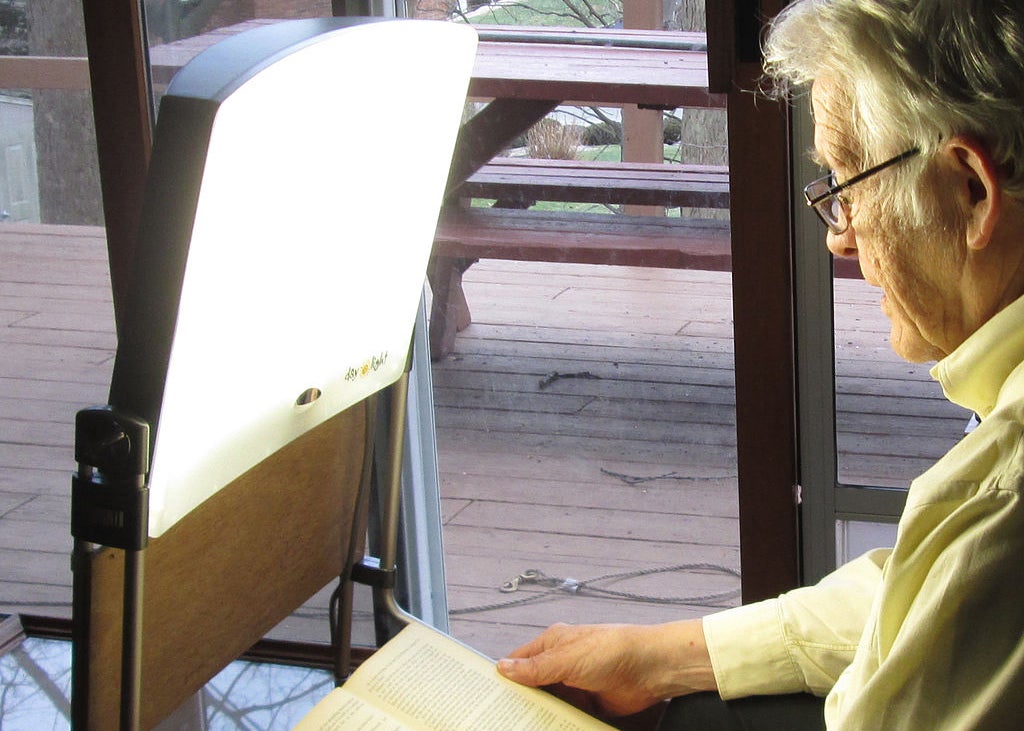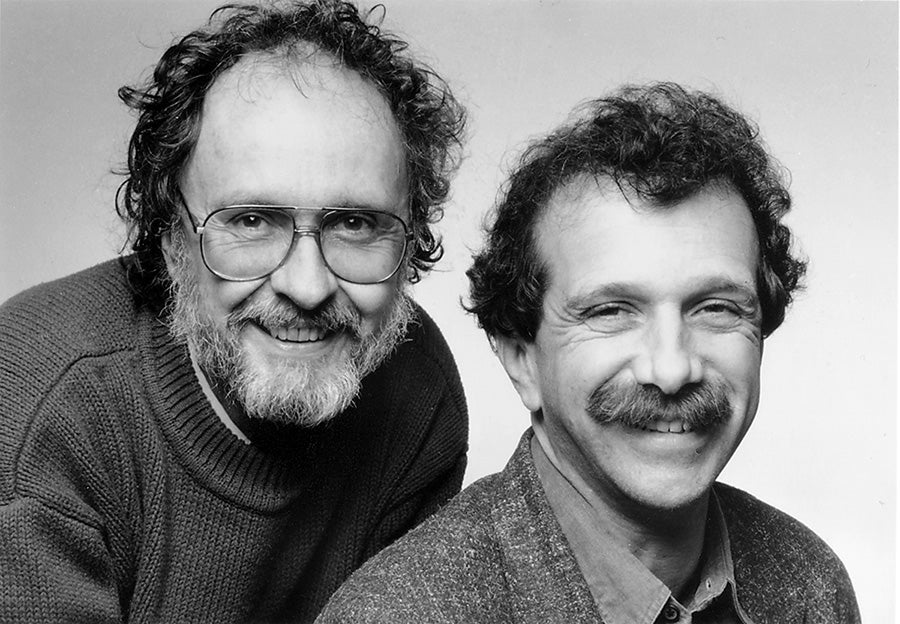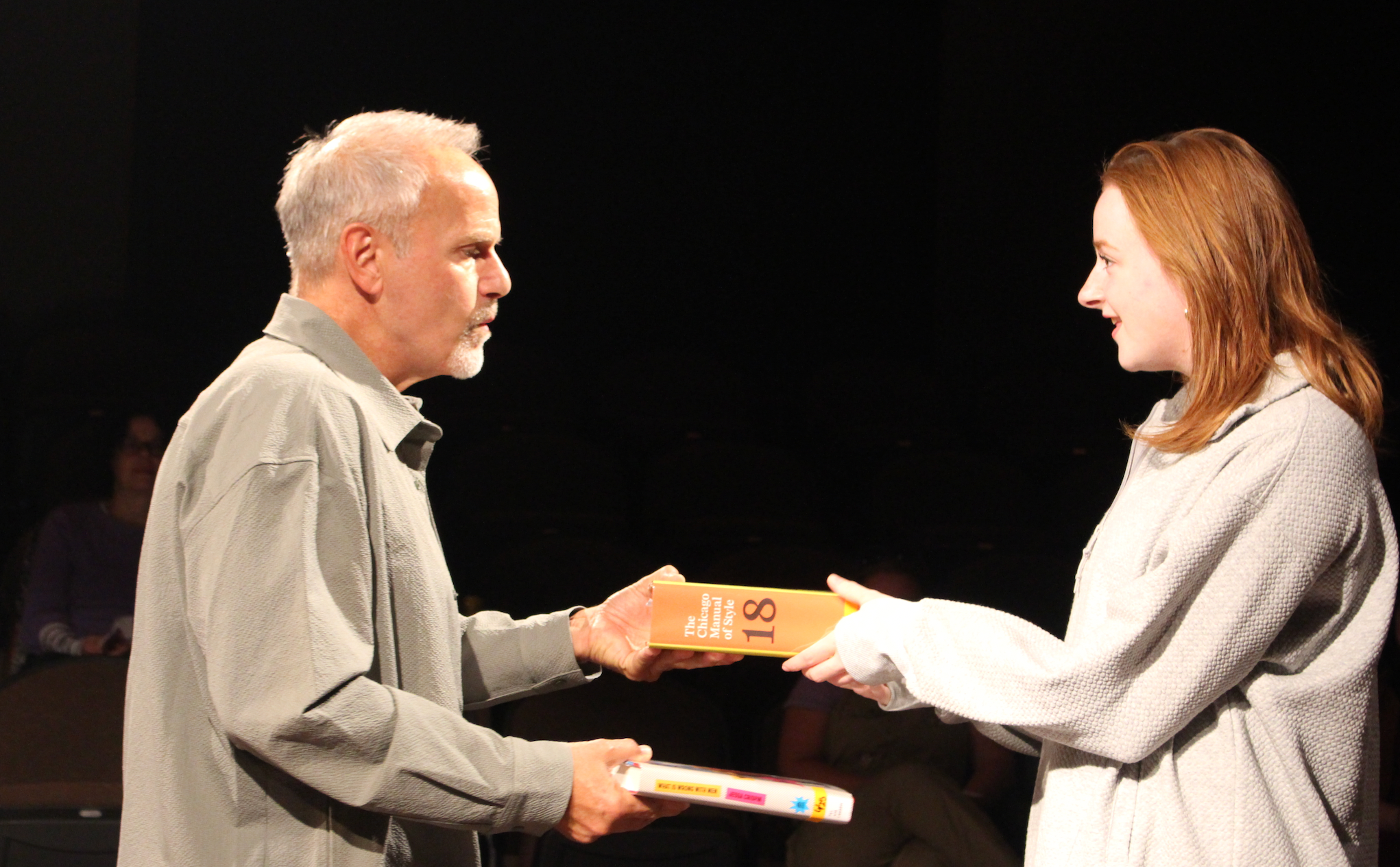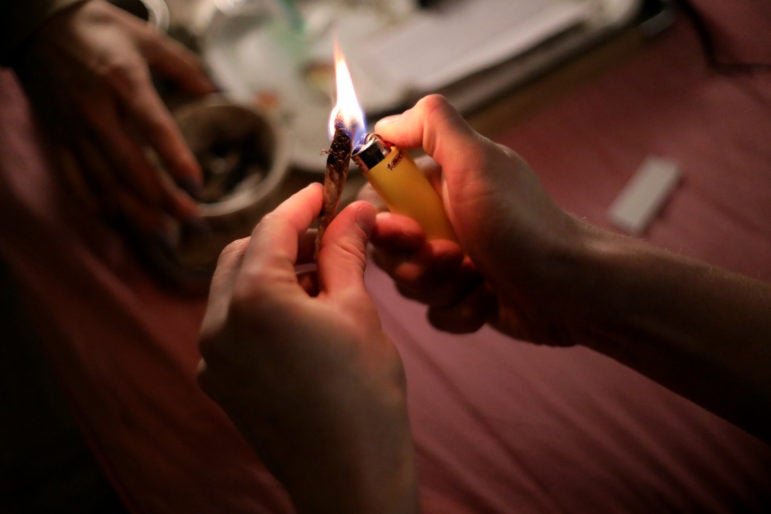Every year at this time, I write about Seasonal Affective Disorder, appropriately called SAD. Why? Because I have it.
I’m not one to get depressed, which is a blessing for me. My dad never got depressed. He didn’t exactly grow up in the lap of luxury — one of six kids, five of them sisters, living in a small two-bedroom apartment with one bathroom in Chicago.
Living through the Great Depression and losing two sisters to cancer when they were in their 30s must have toughened him up. Nonetheless, he mentioned to me time and time again that when the nights got long he just ran out of steam, even chatting about it with me when he was well into his 80s.
News with a little more humanity
WPR’s “Wisconsin Today” newsletter keeps you connected to the state you love without feeling overwhelmed. No paywall. No agenda. No corporate filter.
I have the same problem. When it’s this time of year, I just don’t feel like doing anything after 6:30 p.m. I look outside — and I bet many of you do, too — thinking it must be 10 p.m., time for bed already, when we still have hours to go before my nighty-night.
Is this normal? Well, it’s definitely not rare. In warmer climates, when it’s not a pandemic, people go outside, doing all kinds of fun stuff. But in our winter environment, we’re limited by the weather, the snow and, in case you missed it, the darkness.
So what to do? If you suffer like I do, buy yourself a SAD light. These puppies used to be expensive, running over $400. They were hot incandescent point source bulbs that were not pleasant to look at and quite uncomfortable.
But nowadays, you can buy one that uses LED technology for about $35. It should say “10,000 lux,” because that’s the right amount of light you need. It doesn’t need to be “full spectrum,” it just needs to be bright enough.
Then each morning, sit down with your coffee or tea and read, watch TV or do what I do — check my email and websites — with the light off to your side. You need not stare into the light, but you should be within about an elbow’s length, with the light angled so your eyes catch the luminescence.
Do this for 20 or 30 minutes every morning, and you might get what I get: more vim and vigor.
Now, let me tell you something interesting here. When the light goes off — and you should get one with a timer — all of a sudden, it feels quieter in the room.
I find this similar to when I’m listening to something loud, like loud music from another room, and it suddenly goes off. Every time that happens, I think, “Whew, glad it’s over.”
I recommend the morning because if I do it in the evening, it keeps me awake. But do it anytime that works for you.
Try to do it every day, that works best. As for when to start, what really works well for many is sometime in October.
Do this for as long as you think you need it. For me, it ends sometime the second week in January when the days are noticeably longer. For others, it can be until the vernal equinox, when the days and nights are equal again.
And if this fails, consider an antidepressant. I have many people who need a bit of Prozac every September or October, then stop taking it as soon as the days lengthen.
My spin: SAD is treatable. Why suffer when it’s so simple to treat without taking a pill? Stay well.
Wisconsin Public Radio, © Copyright 2026, Board of Regents of the University of Wisconsin System and Wisconsin Educational Communications Board.







